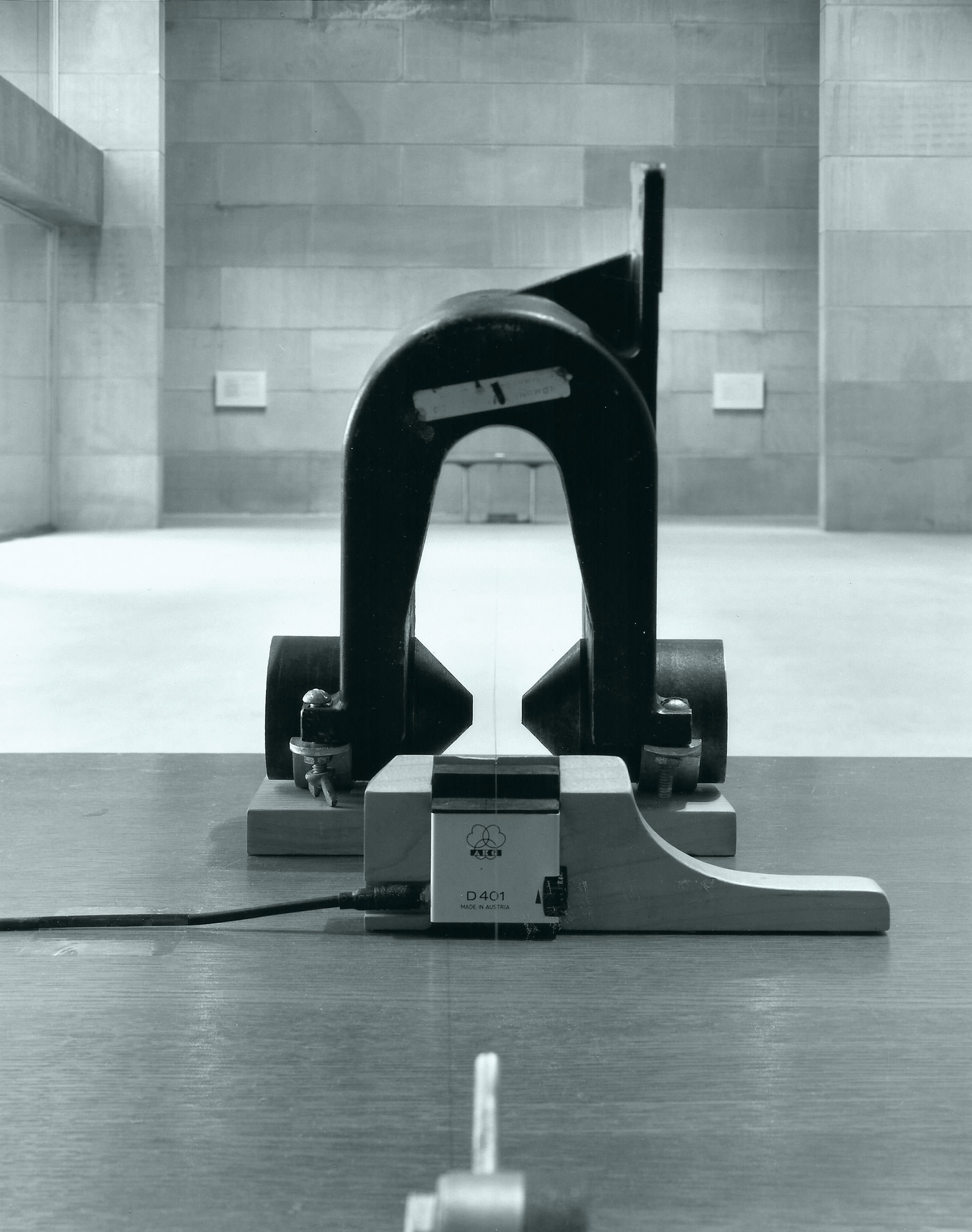Here’s a surprisingly powerful new analog synth developed in collaboration with Roland and US-based synth designers Studio Electronics. This little box is the first of what Roland calls its “Boutique Designer Series” synthesizers and is in the compact and now-familiar Roland Boutique form factor.When I say compact, I mean tiny – for all the feature-rich complexity of this desktop module, it’s only about the size of a bento box.
The SE-02 doesn’t come with a keyboard but does have MIDI connectivity (both five pin and USB). It can also use the Roland Boutique line of portable keyboard docks like the K-25M, which is interchangeable with the entire Boutique line (I’d probably recommend buying the K-25M with the SE-02 if you plan to use this synth on the road). Given the backpack-ready size, it would’ve been nice if the SE-02 could be battery powered (like the majority of the Boutique line), but perhaps the fact that it features actual analog VCOs and VCFs, plus so much knob-per-function action makes for higher power draw requirements – I dunno.
The SE-02 sounds phenomenal – although the physical layout and topology resemble a mini Minimoog, it doesn’t sound like a Model D clone to my ears. Certainly, Model D-like sounds can be built, and the 24 dB ladder filter has a tonality that’s very similar to the classic Moog ladder filter, but the SE-02 has its own character – and it can get downright nasty! I love the dedicated feedback knob in the mixer panel (a little too much) – it’s a go-to for squelch and drive.
The ability to save and recall full patch presets is similar to the design of the Juno 106 patch system, but you have 384 available slots to save your sounds (the Juno only had 128) – very handy for capturing your late-night noodling. The SE-02’s oscillators themselves are flexible and diverse, with a pitch envelope available on Osc 2 and lots of crazy cross-mod possibilities. After a recent firmware upgrade, there is now true Pulse Width Modulation via a dedicated PWM LFO, which is accessible using the Patch Setup function. Although a menu dive is a little less immediate than a dedicated front panel knob, it is really nice to have the possibility of slow pulse width mod available for every patch. Oddly, I couldn’t find a way to sync the PMW LFO to tempo and, as it seems to be a secondary function for each patch, the rate and depth are only expressed in values of 0-127. Also, note that the PWM is applied to all three oscillators (there is no way to apply it to just one or two that I can find). It is encouraging to see that Roland can add features like this as firmware updates, and hopefully, we’ll see further updates bringing additional levels of control.
The LFO is digital and can lock to tempo via MIDI clock or analog clock sync. It has nine waveforms available, which is excellent – I especially like the random pulse waves modulating the filter section. Another nice touch on the sound design front is the onboard delay section, which, yes, is digital, but accurately emulates analog-style feedback. Like the LFO, this can be tempo synced, but unlike the LFO, there doesn’t seem to be a way to modulate it with other sources. While we’re talking about sync, the back panel of the SE-02 has CV inputs for pitch and filter frequency, as well as trigger in and out, so the SE-02 plays well with any modular rigs or other vintage gear. I hooked it up to my Juno-106 and Korg Mono/Poly; 1980, meet 2018!
The 1.1 firmware update mentioned above also added some new sequencing options like real-time recording, etc., but I’ll just go ahead and say it: I’m not a huge fan of programming the included step sequencer. While it is powerful, with per-step parameter sequencing and lots of other possibilities, the interface and step input just seems awkward. I found this to be true of the Moog Mother-32 as well – maybe it’s just the size of the unit and the need for multiple button presses. I will concede that patience is indeed rewarded with the sequencer, as the per-step parameter changes, gate time and glide all lead to some radically wild sequences.
Another note: the documentation for the SE-02 is severely lacking. Perhaps this was intentional, to give the user a sense of, ahem, extra reward with discovery? But in my opinion, the included manual is way too light on substance – so light, in fact, that one frustrated user named “Sunshine Jones” made their own manual. Fortunately, it’s widely available for download – just search for “Users guide for SE-02.” I’d highly recommend any SE-02 users getting a copy of that PDF; it’s detailed and excellent. Despite those minor criticisms, this is an excellent and super deep analog synth with some genuinely unique character and grit, and it’d be a mighty handsome addition to any synth nerd’s studio.




_disp_horizontal_bw.jpg)